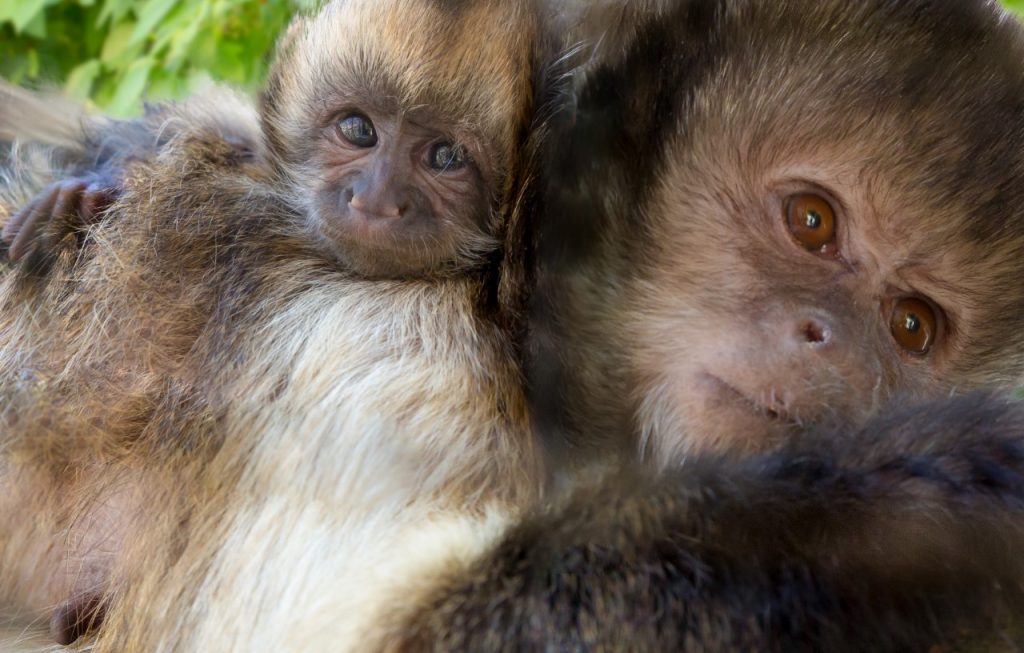Evaluation and Reformulation of Diets for Captive Aye-Aye (Daubentonia madagascariensis)
Citation
Crissey S, Feeser T, Glander K. 1995. Evaluation and reformulation of diet for captive Aye-Aye (Daubentonia madagascariensis). In Proceedings of the First Conference on Zoo and Wildlife Nutrition, AZA Nutrition Advisory Group, Scarborough, OT.
Abstract
The feeding choices of wild aye-aye (Daubentonia madagascariensis) have been studied recently and found to include insects, insect larvae, nuts, bark, fungi, and fruits. Proximate analyses, some mineral, and some fat-soluble vitamin analyses of commonly consumed food items have been performed on these choices but there are no published data available which have quantified nutrient intake in captivity in relation to health of these animals. Nutritional problems manifested in an infant aye-aye at Duke University Primate Center (DUPC), resulted in a thorough evaluation of the DUPC diet for 3.4 aye-aye. This evaluation led to a reformulation of the DUPC aye-aye diet and likely contributed to increased reproductive success. The original diet, consisted primarily of vegetables, fruits, and insects, and was deficient in many nutrients. The percent of food consumed versus that offered ranged from 13 to 22%. It was noted that the animals were consuming large quantities of some food items while ignoring other items in the diet. The analysis of Diet 1 led to a reformulated diet (Diet 2) that included a nutritionally complete commercial primate biscuit. The key to consumption of the nutritionally complete diet was its presentation in a manner which reflected natural feeding behaviors. As a result of this new presentation, the DUPC aye- aye began consuming 57-82% of the newly formulated diet and 55- 95% of their nutritionally complete primate biscuit. Since consuming the reformulated diet, have lost their “unkempt” appearance and females are now at maximum reproductive capacity.
 Evaln and Reformuln of Aye-Aye Diets.pdf 187 KB
Evaln and Reformuln of Aye-Aye Diets.pdf 187 KB








